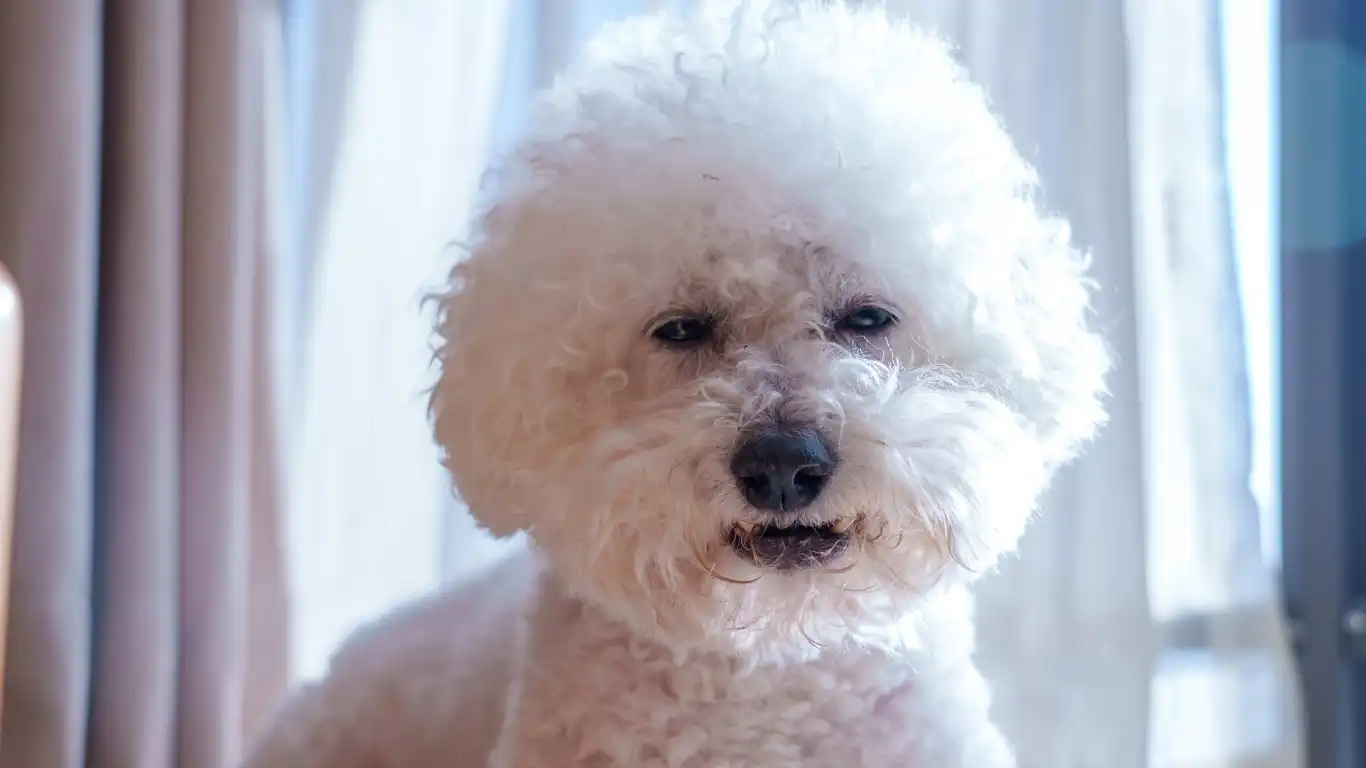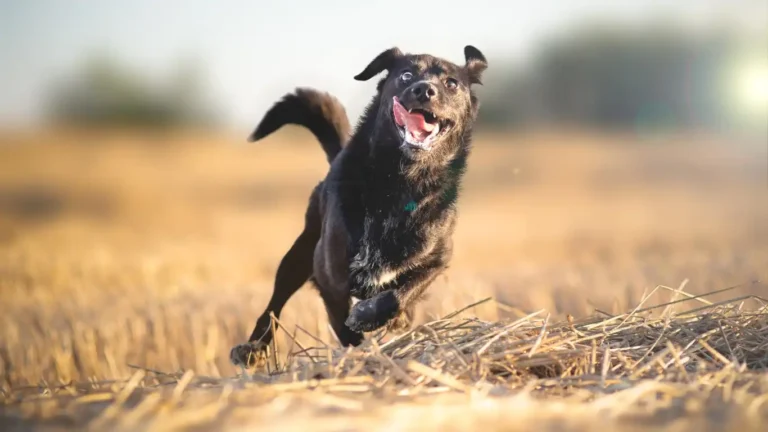7 Best Ways to Reduce Dog-Related Odors in Your Home (Proven Solutions)
As a Veterinary Technician with a specialization in Nutrition, I’ve seen my fair share of challenges when it comes to maintaining a fresh-smelling home with dogs around. One thing is for sure: dog odors are inevitable. But don’t worry, I’ve gathered some practical tips that can help you tackle this issue head-on. In this guide, we’ll dive into the best ways to reduce dog-related odors in the house—so you can enjoy a clean, fresh-smelling space without compromising your dog’s comfort or health.
Understanding the Source of Dog Odors

Before we jump into the cleaning tips, let’s talk about why dogs can make your home smell a little less than fresh. If you’ve ever wondered why your dog’s scent lingers longer than you’d like, you’re not alone. There are a variety of reasons your dog’s natural scent might become more noticeable. From their coat to their diet, it all plays a role in the overall smell. Let’s break it down:
- Skin and Coat Issues – Dogs naturally produce oils through their skin, and when those oils mix with bacteria or dirt, it can cause a musky smell.
- Dietary Habits – A dog’s food can impact their body odor. Poor nutrition or food allergies can lead to gastrointestinal issues that affect their scent.
- Dirty Paws and Fur – Dogs that spend a lot of time outside can bring in dirt, mud, and even feces, which are prime odor contributors.
- Wet Dog Smell – If your dog loves the water or if they tend to get wet on rainy days, that distinct “wet dog smell” is hard to avoid. The moisture in their fur can breed bacteria, leading to unpleasant odors.
Essential Tip: Start With a Proper Grooming Routine
One of the first and most effective ways to tackle dog odors is through grooming. Regular baths, brushing, and even nail trims can help minimize the buildup of oils, dirt, and bacteria on your dog’s skin and fur. I always recommend scheduling a bath every four to six weeks, depending on your dog’s activity level and breed. Don’t forget to use a dog-safe shampoo! It’s tempting to use human shampoo, but it can throw off their skin’s pH balance and lead to dryness or irritation, which can worsen odors.
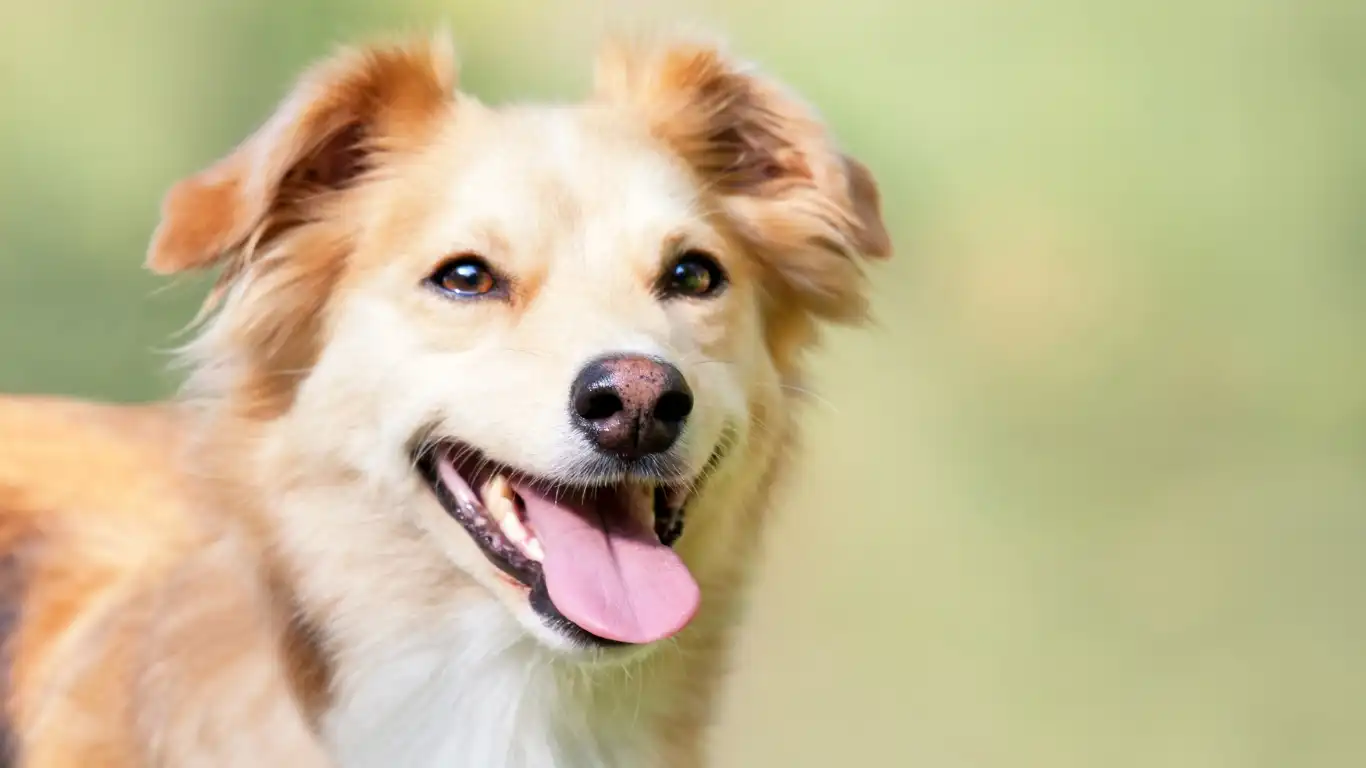
The Role of Your Dog’s Diet in Odor Control
Believe it or not, what your dog eats can have a significant impact on their scent. As someone who has worked in pet nutrition for years, I’ve seen firsthand how a balanced diet can reduce not only bad breath but overall body odor. When your dog eats high-quality, well-balanced food, their digestive system functions better, and it can prevent a lot of those “doggy” smells from developing. On the other hand, low-quality food or food that your dog may be allergic to can create issues like gas, skin irritation, and even more pungent body odors.
Choosing the Right Food
When selecting dog food, focus on ingredients that promote healthy skin, a shiny coat, and good digestion. Look for protein-rich sources like chicken or fish, and make sure there are no fillers like corn or soy. If your dog has a sensitive stomach or skin, you might want to consider a hypoallergenic or grain-free diet. Probiotics and omega fatty acids are also great for keeping your dog’s coat shiny and their digestive system in tip-top shape.
From my experience, a diet that’s tailored to your dog’s specific needs can work wonders on their overall health and odor.
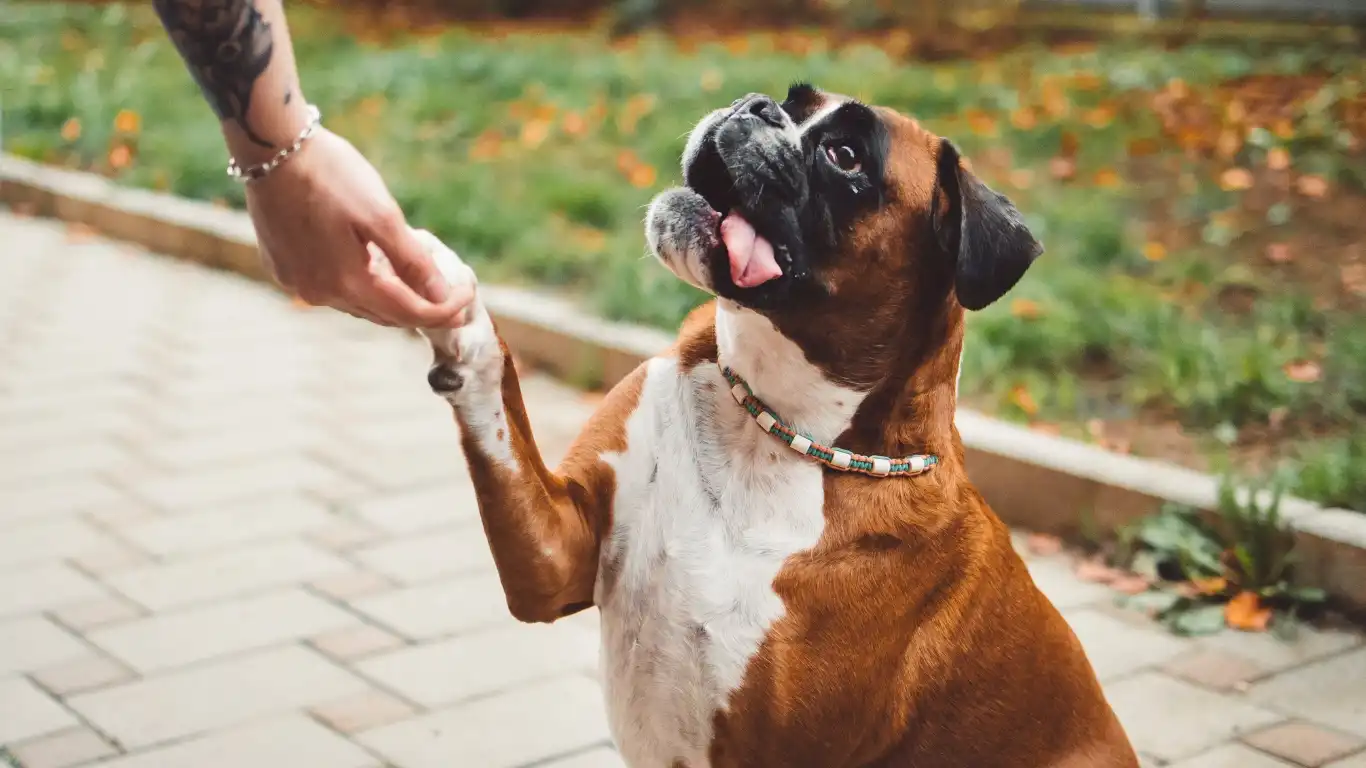
Maintaining a Clean Living Space
Now that we’ve covered your dog’s grooming and diet, let’s talk about keeping your home fresh. Let’s face it—dog odors can stick to everything: your furniture, your carpets, even your walls! Luckily, there are some effective ways to fight these odors and ensure your living space stays pleasant.
Vacuuming and Cleaning Regularly
One of the best ways to reduce dog odors in the house is through regular cleaning. Hair, dander, and even bacteria can accumulate on floors, rugs, and furniture, which contribute to the lingering smell. A powerful vacuum cleaner designed for pet hair can work wonders. Look for vacuums with HEPA filters to trap dust and dander efficiently. You might even want to invest in a steam cleaner for deep cleaning your carpets and upholstery. The steam will help remove dirt and bacteria while also neutralizing odors.
- Vacuum carpets and rugs at least twice a week.
- Wipe down furniture with pet-safe wipes.
- Use a steam cleaner monthly for deep cleaning.
Wash Your Dog’s Bedding and Toys
Just like you would wash your own bedding, your dog’s bedding needs regular cleaning. Their toys also tend to harbor odors, so toss them in the wash occasionally. If your dog has a favorite blanket or a cushy bed, aim to wash these at least once a week (or more often if they get dirty). The same goes for your dog’s collar and harness—these can trap oils from their fur and cause smells to linger. Regularly washing these items will keep your dog’s accessories smelling fresh too.
Air Fresheners and Odor Neutralizers: The Secret Weapon
So, you’ve got your grooming routine and diet all dialed in, but what about those lingering odors that just won’t quit? One of the most effective ways to combat dog smells in your home is through air fresheners and odor neutralizers. I know what you’re thinking—those chemical sprays that just mask the problem? No, thanks. I prefer to go for solutions that tackle the odors head-on, without adding a bunch of artificial scents that make things worse.
Choosing Natural Air Fresheners
When it comes to freshening up the air, opt for natural air fresheners or essential oils. I’m all about keeping things natural and pet-safe, so here are a few options I recommend:
- Baking Soda – This classic household item is amazing at absorbing odors. Just sprinkle some on carpets or furniture, let it sit for 15-30 minutes, and vacuum it up. It’s a simple, no-fuss solution that works every time.
- Essential Oils – Some essential oils, like lavender or eucalyptus, are known for their odor-fighting properties. Just make sure to dilute them properly and use them in moderation, as some essential oils can be harmful to dogs if used in large amounts. Diffusers are a great way to keep your home smelling fresh and calming for both you and your dog.
- Activated Charcoal – Activated charcoal is fantastic for trapping and neutralizing odors. You can place charcoal bags around your home or in places where odors tend to linger, like near your dog’s bedding or the bathroom. It’s a simple and effective solution that doesn’t rely on heavy fragrances.

Deep Cleaning Your Home: A Thorough Approach
Sometimes, surface-level cleaning just isn’t enough to tackle stubborn dog smells. If your home is still holding onto that “doggy” scent, it may be time for a deeper clean. You’d be amazed at how much odor can build up in places you don’t usually think to clean. Trust me, I’ve seen it all—dog odors stuck in the most unexpected spots! Here’s a breakdown of some deep cleaning tips that I’ve found work wonders:
Carpet Cleaning: More Than Just a Vacuum
If you have carpets in your home, they’re likely holding onto pet odors, even if they look clean on the surface. Over time, dirt, dander, and bacteria can get trapped deep within the fibers, causing the smell to linger long after you’ve vacuumed. That’s when you need a good carpet cleaner.
Depending on the severity of the odor, you can either rent a steam cleaner or hire a professional to do the job. Steam cleaning can be especially effective because it uses high-temperature steam to kill bacteria and lift dirt from the fibers. If you decide to DIY it, make sure to use a pet-safe carpet cleaner that won’t leave any harmful residue behind.
Upholstery and Furniture: Don’t Forget the Sofas
Another place that often gets overlooked in the battle against dog odors is your furniture. Whether it’s your couch, chairs, or pet beds, your dog’s scent can really settle into the fabrics. I can’t tell you how many times I’ve had clients come in with complaints about their sofas smelling like dog, even after they’ve cleaned the floors. The key is to tackle your furniture with the same level of care that you give your carpets.
A vacuum with an upholstery attachment can help remove hair and dander from fabric. For more stubborn odors, consider using a fabric refresher or even a homemade solution of equal parts water and white vinegar (which works wonders for neutralizing smells). For a deeper clean, you can also rent a professional-grade upholstery cleaner, which will steam away those deep-set smells.
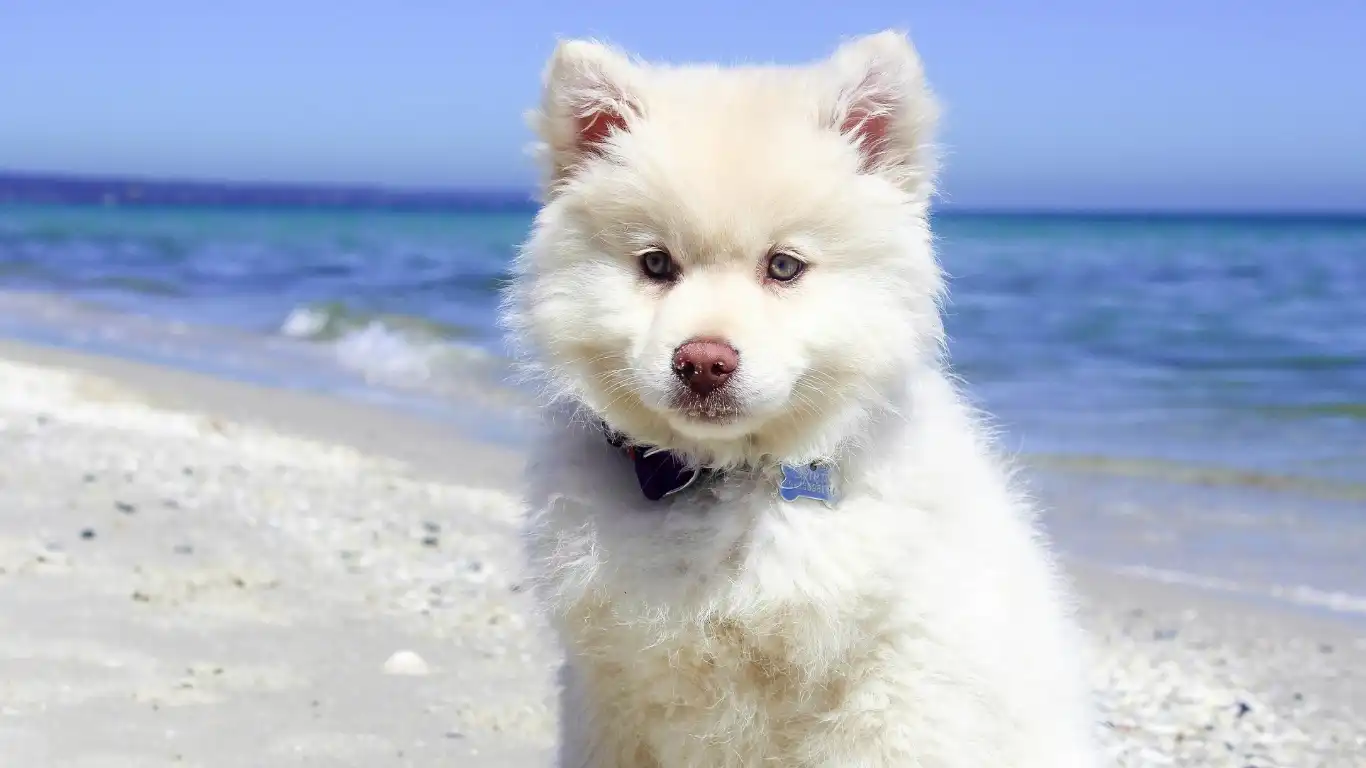
Regularly Washing Your Dog’s Accessories
We’ve covered the basics of grooming and cleaning your home, but there’s one area that many pet owners miss: your dog’s accessories. Their bedding, collars, and toys need just as much attention to detail as the rest of your home. Over time, these items accumulate dirt, oils, and bacteria, which all contribute to unpleasant smells.
Washing Dog Bedding and Blankets
Just like you would wash your own blankets and sheets, your dog’s bedding should be washed frequently. I recommend washing your dog’s bed at least once a week. If your dog has a favorite blanket or cushion, make sure to give it a good wash every couple of weeks, especially if it’s prone to getting dirty or wet. Always use a mild, pet-safe detergent to prevent any irritation on your dog’s skin.
Don’t forget to clean their sleeping area too! Whether it’s a crate or a designated spot on the couch, regularly cleaning the area where your dog spends most of their time will go a long way in keeping odors at bay.
Collars, Leashes, and Toys
Believe it or not, collars and leashes can trap a surprising amount of odor. These items often come into contact with dirt, food, and even your dog’s skin oils. It’s a good idea to clean their collars and leashes regularly to keep them smelling fresh. Many collars and leashes are machine washable, but check the care instructions to be sure.
As for your dog’s toys, I recommend giving them a quick wash every month. Some toys, especially rubber ones, can get pretty stinky after a while. A simple wash with warm water and soap can help remove dirt and germs, leaving them fresh for your dog to play with again.

Incorporating Pet Odor Absorbers into Your Routine
Sometimes, despite all of our best efforts, dog odors can still sneak in. If that’s the case, it’s time to get proactive with odor absorbers. These products can be incredibly effective in preventing odors from building up in the first place. A few small changes in your cleaning routine can make a huge difference.
Using Odor Absorbing Sprays
There are many pet-safe sprays on the market specifically designed to neutralize odors. These sprays don’t just mask the scent—they break down the molecules responsible for the smell. Look for sprays with natural ingredients like enzymes, which can break down organic material and help eliminate the source of the odor.
Investing in Air Purifiers
If you’re really serious about tackling dog odors, an air purifier can be a game-changer. Many air purifiers are equipped with HEPA filters, which are specifically designed to trap pet dander and other allergens. Not only will this reduce odors, but it’ll also improve the overall air quality in your home—making it healthier for both you and your dog.
Dealing with Smelly Dog Paws and Breath
Alright, so you’ve tackled the big areas: your home, your dog’s diet, and their grooming routine. But there are a couple of other places that could still be contributing to that doggy odor. Have you noticed your dog’s paws or breath giving off a not-so-pleasant scent? These are two common culprits that can easily be overlooked, but trust me—they can make a big difference in the overall smell of your home.
Smelly Dog Paws
Dog paws are a fascinating (and sometimes stinky) part of your dog’s anatomy. They sweat through their paw pads, and the moisture combined with dirt, bacteria, and sometimes even fungi can create that distinct “corn chip” or “Frito” smell that seems to follow them everywhere. If you’ve ever been on the couch and suddenly realized your dog’s paw smell has taken over, you know exactly what I’m talking about!
To keep paw odors in check, here’s what I recommend:
- Regular Paw Wipes – After your dog has been outside, wipe down their paws with a gentle, dog-safe wipe. You can find paw wipes that contain ingredients like aloe or tea tree oil, which can help reduce bacteria and odor.
- Wash Their Paws Weekly – If your dog’s paws are constantly exposed to dirt or moisture, give them a quick wash weekly. Use a mild dog-friendly soap to clean between their pads and nails to remove any buildup.
- Paw Balms – Applying a paw balm can help moisturize their pads and prevent cracks that could trap dirt and bacteria. This can reduce the smell, and it’s also great for your dog’s comfort.
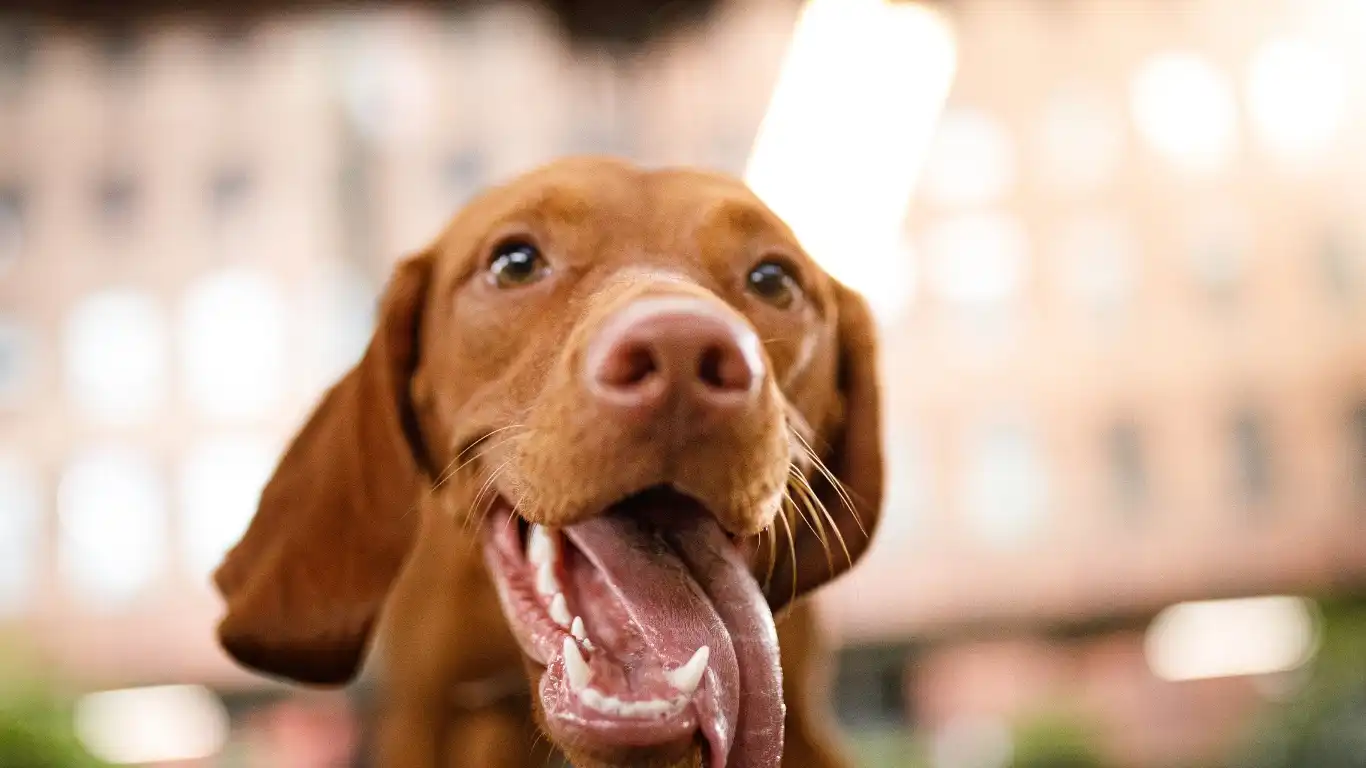
Addressing Dog Breath Odor
If your dog’s breath smells like a mix of rotting fish and stale biscuits, you’re probably familiar with doggy bad breath. This is more common than you’d think, and it’s often a sign that your dog’s oral hygiene needs a little TLC. Regular brushing and dental care are key to keeping your dog’s mouth fresh, and believe me, this will make a huge difference in reducing overall odors around your home.
Here are some steps to get your dog’s breath back on track:
- Brush Their Teeth – I know, it might sound like a hassle, but brushing your dog’s teeth regularly is one of the most effective ways to fight bad breath. Aim for at least a few times a week. Make sure to use dog-friendly toothpaste (never use human toothpaste!) and a toothbrush that fits comfortably in their mouth.
- Dental Chews and Treats – There are tons of dog-friendly dental chews and treats on the market that can help keep your dog’s teeth clean and their breath fresh. These can be a great addition to their daily routine, especially if your dog isn’t a fan of the toothbrush.
- Vet Checkups – If your dog’s breath smells particularly foul or if you notice excessive drooling or difficulty eating, it could be a sign of dental disease or another health issue. Always get your dog checked by a vet if you’re concerned about their breath.
Outdoor Solutions for Controlling Dog Odors
Let’s not forget that your dog also spends time outdoors, and this can contribute to the overall scent in and around your home. Whether it’s their bedding, their paws, or just the general smell of outdoor air clinging to their fur, outdoor odors can follow your dog back inside. Here’s what you can do:
Outdoor Bathing Areas
If your dog loves to roll in mud, chase after squirrels, or get up to other outdoor mischief, it might be a good idea to set up a designated outdoor bathing area. This can be as simple as a dog-friendly shower in your yard or even a portable dog wash station. Not only does it keep your dog cleaner, but it also prevents those smells from making their way inside. I’ve set up many outdoor wash stations for pet owners, and it’s a game-changer—especially during the summer months!
Drying Stations
Once your dog has been washed outside, they’ll need to be dried off before they come back into the house. Use a towel (or a few) to soak up excess moisture, especially if they’ve been in the rain or mud. Some pet owners even invest in pet dryers, which are gentle and effective at getting your dog dry without the mess. Not only will this prevent the “wet dog” smell from sticking around, but it will also keep your home’s air fresh.
Outdoor Bed Cleaning
If your dog spends a lot of time outdoors, their bedding might start to accumulate smells from the grass, dirt, or even the damp ground. To combat this, wash their outdoor beds regularly. You can also use odor-neutralizing sprays that are safe for outdoor fabrics to keep their resting spots smelling fresh. It’s a small step that makes a huge difference in keeping both your yard and home smelling nice.

Creating a Routine That Works
Finally, the key to reducing dog odors in your house is consistency. Creating a routine that works for both you and your dog is essential to keeping the smell in check. I recommend scheduling regular grooming sessions, keeping up with their diet, cleaning their bedding and toys, and setting aside time each week to deep-clean areas of your home. When everyone sticks to a routine, your home will stay fresher for longer.
Also, don’t forget that each dog is different. What works for one dog might not work for another, so don’t hesitate to adjust your methods to fit your pet’s specific needs. And if you ever find that the odor is still persistent despite all your efforts, don’t hesitate to consult your veterinarian for a professional opinion.
References
For more detailed information on dog nutrition, grooming tips, and odor control solutions, you can check out trusted resources like Google or visit veterinary care websites for advice from professionals.
Disclaimer
This article is intended to provide general tips and advice on reducing dog-related odors in the home. The information shared is based on personal experience as a Veterinary Technician specializing in nutrition and general pet care. Always consult with your veterinarian if your dog’s odor persists or if you notice any health-related issues that could be causing the odor.
